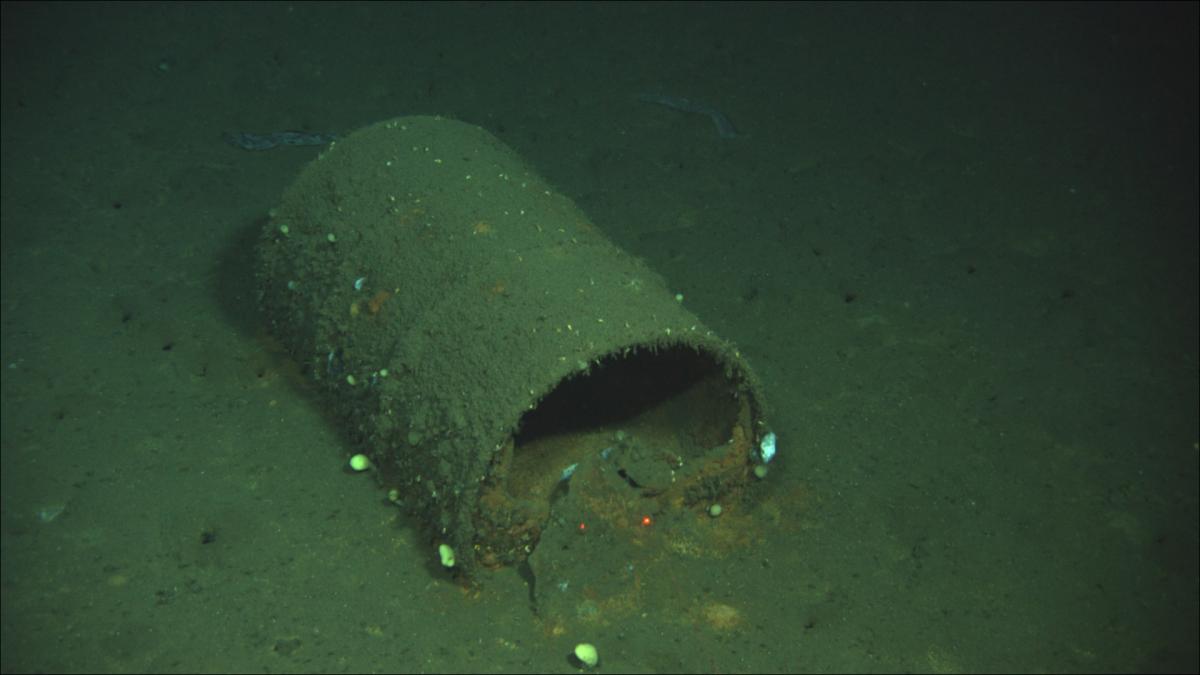The discovery of leaking barrels of DDT in ocean dumping shows the potential for ongoing harm
 DDT is an insecticide commonly used to control mosquito-transmitted malaria in the 1900s, but was eventually banned across the globe because of extremely adverse side effects on human and environmental health. At the time DDT was banned in the U.S. in 1972, it was common practice to dispose of industrial waste of all kinds by dumping into waterways, sewer systems and at many of the permitted offshore dumping sites found along the coastal states of the U.S. Recent research published in the journal Environmental Science & Technology used marine robots to survey one of these dumping sites near Catalina Island off the coast of Southern California. Its chemical analysis found an estimated 384 to 1,535 tons of DDT to have leaked from the barrels, indicating that disposal of banned pesticides can continue to contaminate the environment if not done properly. The estimates depend on the initial concentration of DDT in the barrels, which is not well documented However, a patent on
DDT is an insecticide commonly used to control mosquito-transmitted malaria in the 1900s, but was eventually banned across the globe because of extremely adverse side effects on human and environmental health. At the time DDT was banned in the U.S. in 1972, it was common practice to dispose of industrial waste of all kinds by dumping into waterways, sewer systems and at many of the permitted offshore dumping sites found along the coastal states of the U.S. Recent research published in the journal Environmental Science & Technology used marine robots to survey one of these dumping sites near Catalina Island off the coast of Southern California. Its chemical analysis found an estimated 384 to 1,535 tons of DDT to have leaked from the barrels, indicating that disposal of banned pesticides can continue to contaminate the environment if not done properly. The estimates depend on the initial concentration of DDT in the barrels, which is not well documented However, a patent on  DDT acid waste treatment suggests an initial concentration of 2% DDT. If that were the case for these barrels, the upper estimate of 1,535 tons of DDT lost is more accurate. This study shows how important it is to be extremely diligent when disposing of hazardous waste, including banned pesticides from agricultural production. It reminds us that once a chemical is banned, it doesn’t just disappear, and its proper disposal is critical for the continued safety of human and environmental health. For more details and images from the marine robot survey see here.
DDT acid waste treatment suggests an initial concentration of 2% DDT. If that were the case for these barrels, the upper estimate of 1,535 tons of DDT lost is more accurate. This study shows how important it is to be extremely diligent when disposing of hazardous waste, including banned pesticides from agricultural production. It reminds us that once a chemical is banned, it doesn’t just disappear, and its proper disposal is critical for the continued safety of human and environmental health. For more details and images from the marine robot survey see here.
Photo Credit for Barrel Images: David Valentine/ROV Jason


